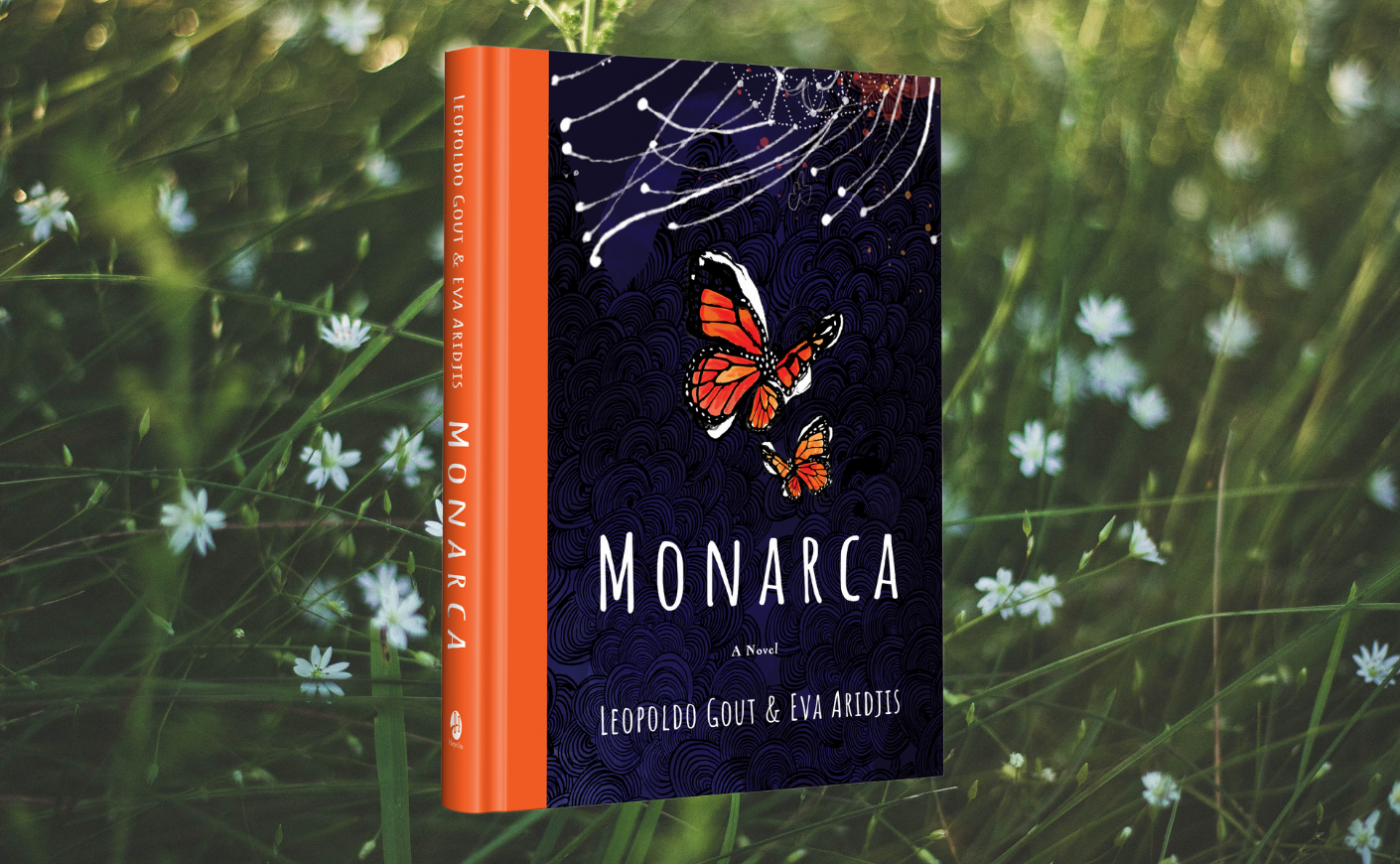Leopoldo Gout is a visual artist, the author of several books, and a filmmaker who’s worked on titles like Molly’s Game and Netflix’s Jeffrey Epstein docuseries Filthy Rich. And he views his latest book, Monarca, as the culmination of all his artistic pursuits.
It’s a fable about a young girl who’s transformed into a monarch butterfly, makes the 3,000-mile journey south to Mexico, and becomes engaged in a fight to save the species. The story draws heavily from Mexican and indigenous cultures and Gout’s own upbringing in Mexico City, which neighbors a monarch butterfly reserve. It’s beautifully illustrated, filled with Gout’s vibrant, wild artwork, and carries a strong environmental message, sounding the alarm on how America’s obsession with the avocado is threatening the insect. (It’s also become a favorite of celebs like Mark Ruffalo and Selena Gomez.)
We spoke to Gout about the novel, his creative process and environmental advocacy, and more.
KCM: What was the inspiration for Monarca, and how did this project come about?
Leopoldo Gout: I grew up in Mexico City, and we used to travel all over Mexico and experience the monarch sanctuaries. I wanted my kids to also experience that. Whenever I took my daughter (after whom the protagonist is named), the butterflies would always land on her head. I started thinking that there was something magical about that. So I was drawing my daughter and was thinking about how to capture the transformation of human into butterfly through sculpture, and then I started writing this story. So my process is eclectic and a little different than most filmmakers or writers.
Can you discuss your collaboration with co-author Eva Aridjis?
While I was researching butterflies and conservation, I felt a little under-prepared and I wanted to work with a real eco-warrior — somebody who has been in this space for a long time. I knew Eva, a filmmaker and writer, and her family have a long history of protecting animals and the environment in Mexico.
So she and I started writing together, and at some point during that process, she mentioned to me that she thought the only reason why I thought of her was because of her dad. I knew her dad was a famous Mexican poet, Homero Aridjis, but I didn’t know what else he’d done, so I was a little surprised. Then I learned that her dad actually was the man in the 1980s who convinced the Mexican president to declare the butterfly sanctuary in Michoacán a UNESCO world heritage site. I get goosebumps every time I tell that story.
One message in the book is that human activity is endangering the monarch butterfly. Can you tell us more about how the species has become threatened?
There are a few elements. Obviously, climate change is a big problem. But the other big problem is that America has become obsessed with avocados. Michoacán, the state where the butterflies go, is a huge producer of avocados for America. Growing avocados has become so lucrative that some people in Mexico have started calling it “green gold.” And the cartels have been carving land from the forests, destroying that habitat there because it’s perfect for growing avocados.
How did you create the artwork for the book and what effect were you trying to create?
I wanted to reflect the same kind of delicacy of a butterfly. So I didn’t want to create pieces that were too elaborate or too heavy or overdrawn. I wanted something that was very fluid, that felt almost like a sketchbook but still with the powerful colors that I grew up with and that are seen all over Mexico.
What do you hope readers take away from Monarca?
My biggest thing is curiosity. I wanted to show this seemingly delicate, amazing creature that travels thousands of miles from Canada all the way to Mexico. I feel it might provoke a little bit of curiosity to look at your land and what’s around you. I really believe that if people are truly curious, people then start to read and start to learn, and if you learn without arrogance, the world can slowly figure itself out.
Even though the messages are strong, in the end, it’s a very hopeful, funny book, and as an object, it’s beautiful. I wanted to write a book with happiness and to bring a little bit of sunshine into homes.









